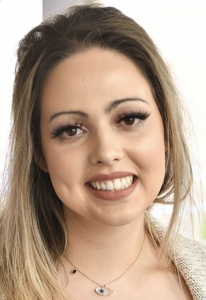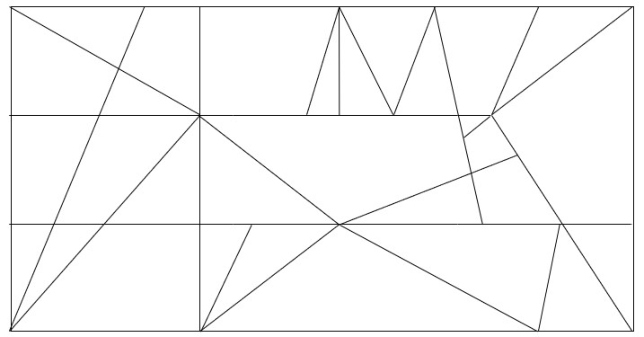Stacy Costa is puzzle obsessed. The PhD candidate with the Ontario Institute for Studies in Education at the Univeristy of Toronto has enjoyed the pastime since childhood. As an only child, her parents would give her puzzles to keep her busy and to keep her mind sharp. They became an academic passion as an undergraduate at U of T when a professor gave her class the option of writing a final paper or creating a puzzle. She chose to develop a puzzle – a Rubik’s cube but with numbers instead of colours – and was hooked.

“There’s no reward [with completing a puzzle],” she says. “There’s no monetary value associated with getting it right. It’s more this joy, this relief.”
Her interest in puzzles led her to become a teaching assistant in the very course that inspired her, and to designing puzzles for the Toronto Star, the Ontario government and a cereal box campaign. Now, as a doctoral student, she’s mostly focused on online learning, teacher development and engineering education. But the past few months have seen a rise in interest in puzzles, and Ms. Costa has been putting the pieces together about why they’ve gotten so popular during the pandemic.
“We don’t like chaos. We like order,” she says. And people are attracted to puzzles when they feel they can’t control the world around them. “We figure, ‘Well, if I do a puzzle, at least I can be in control of that.’” And for those of us who’ve been isolated at home, working on a puzzle can be a valuable way to pass the time, away from screens and stress-inducing news channels and Twitter feeds.
Puzzles are also accessible — generally inexpensive, with many free options online — and are so varied that there’s probably something for everyone. A person can while away the hours on their own with a crossword or sudoku. A family might come together over a jigsaw puzzle — and working on a jigsaw puzzle together can be a great communication tool, Ms. Costa notes. “It’s a way to have that communication open up … a way to bridge hard conversations.”
As a special treat for University Affairs readers, Ms. Costa designed a figure-counting puzzle, which has a goal of counting how many shapes (in this case, triangles) are in an image.

“People always choose a jigsaw. Everyone’s very familiar with a crossword. Sudoku is, of course, another big one,” she says. “With a figure-counting [puzzle] … I wanted to have people exposed to something different.” The puzzle is accessible; it could be shared with kids or older family members and has no language barrier. It also leads to some interesting results. “When I’ve done this puzzle with big groups … everyone comes up with a different number. It’s so frustrating, but interesting for me, because I think everyone, once they engage with it, [has] a different method to do it.”
For anyone looking to get into puzzles while staying at home, Ms. Costa recommends going out of your comfort zone. If you know you’re pretty good at crosswords, maybe try a figure-counting puzzle. If you enjoy jigsaw puzzles, perhaps try a Rubik’s cube. People like knowing they can complete a puzzle because that “Aha!” moment and the end is so enjoyable, Ms. Costa suggests, but “if you’re so accustomed to a genre of puzzles, you’re not getting brain benefits.”
And if you’re new to puzzles, try beginner puzzle books from your local bookstore or even the dollar store, she says. “I’m hoping that your readership, once they try this, will get a knack for it and [think], ‘Oh, let me try something else.’”